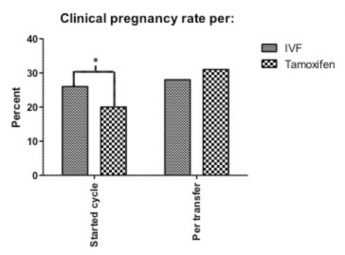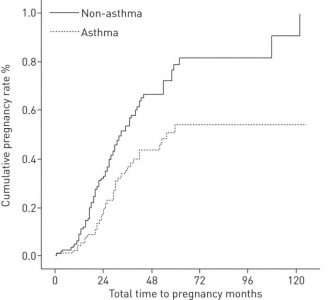Asthma, infertility and gut microbiota in PCOS patients (Project leader: Dr. Louise Zierau)
We have previously found a connection between asthma, infertility and polycystic ovarian syndrome (PCOS). This project aims at investigating this connection further. In collaboration with the University of Copenhagen we investigated the heredity of PCOS and asthma, and explored the prevalence of asthma and co-morbidities, use of medication and fertility history among these PCOS patients. We are also doing research on the diversity of the microbiota in the uterus, vagina, rectum and mouth in patients with and without PCOS and/or asthma to establish whether microbiota and dysbiosis may be a related factor in both diseases.
Low ovarian stimulation using Tamoxifen/FSH compared to conventional IVF. A cohort comparative study in conventional IVF treatments (Project leader: Dr. Frederikke Lindenberg)
Over the last decade, improvement in IVF laboratory procedures has resulted in fewer eggs being necessary per treatment. Mild stimulation protocols have been introduced to reduce the risk for the patient and decrease patient drop-out rates in treatment. We evaluated the efficacy of low stimulation with Tamoxifen and FSH in a routine IVF setting by comparing 2,709 regular short antagonist IVF cycles to 170 Tamoxifen low stimulation IVF cycles. We found a lower pregnancy rate per started cycle in the Tamoxifen groups, but equal pregnancy rates per transfer (31% Tamoxifen group versus 28% in conventional IVF). We found lower numbers of visits, lower costs for medication, less side effects and better acceptance for treatment in the Tamoxifen group.

Figure.1: Clinical pregnancy rate per started cycle and per embryo transfer
Mild stimulation using tamoxifen in IVF. Results and benefits of mild stimulation protocols using tamoxifen in IVF in normal and PCO patients (Project leader: Dr. Sven Lindenberg)
We analyzed the results, outcome and patient safety in a cohort study of Mild/Natural Stimulation vs. regular stimulation IVF treatments. The objective was to identify patient populations suited for Mild Stimulation in order to improve availability for ART treatment by reducing cost and risk of treatment. We found that mild stimulation reduced the cost and risk for the patient including less time in the clinic and less pain.
Asthma and infertility/PCOS (Project leader: Dr. Elisabeth Gade)
There is increasing evidence of an association between asthma and aspects of female reproduction. However, current knowledge is limited and furthermore relies on questionnaire studies or small populations. This prospective observational cohort study investigated whether time to pregnancy, the number of fertility treatments, and the number of successful pregnancies differed significantly between women with unexplained infertility with and without asthma. 245 women with unexplained infertility (aged 23–45 years) underwent questionnaires and asthma and allergy testing while undergoing fertility treatment and 96 women were diagnosed with asthma. The patients were followed for a minimum of 12 months during treatment until they had a successful pregnancy, stopped treatment, or the observation ended. We found that female asthmatics had a longer time to pregnancy and less often became pregnant than non-asthmatic women. Increasing age reduced the chances of conceiving especially among asthmatic women. The causal relationship between asthma and subfertility remains to be further investigated.
